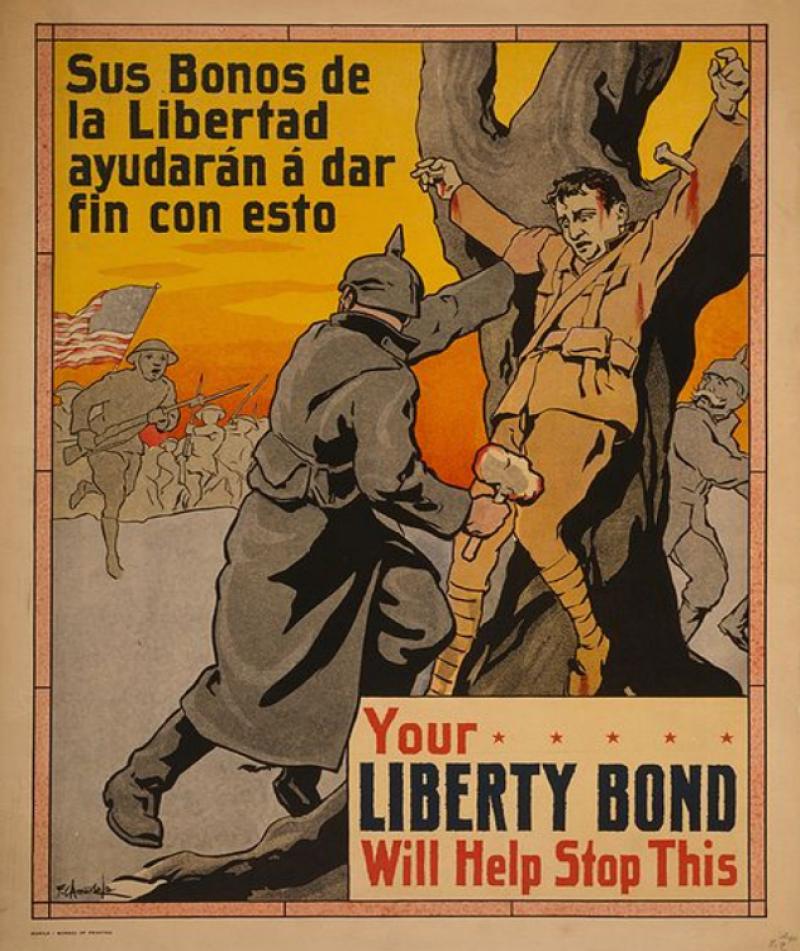Why did they fight? Understanding Nationalism, Imperialism and Militarism during World War I

Lesson Plan
Grade:
Duration:
Summary/Objective:
Benchmarks:
P.I.S. A; S.S.S.M. A
G.L.I’s.:
Materials needed:
Introduction: (day 1)
After explaining the causes of World War I, present students with national scenario “What would you do” (handout here and text in “Causes of WWI” powerpoint presentation).
- Have students answer this question as a journal entry and discuss answers. Would you go to war? Why? Why not? What country do you think this represents?
- Explain that this scenario represents the thoughts of Germany and that this sense of us vs. them, and the idea that only one nation can eventually prevail and thrive is the Nationalism that many people during this time period lived by. We often look at war from the perspective of the winners, or the “good guys.” For this lesson, we will attempt to understand war through the lens of Nationalism in order to better understand why WWI and WWII were fought and how to avoid conflict like these in the future.
Procedure: (day 1)
Distribute Primary source packets with copies of primary sources and accompanying discussion questions.
Discuss.
Inform students that they have resources from predominantly the Allied perspective.
Discuss the bias yet importance of primary resources. That is why for their final project, they will be designing a primary resource (poster, memoir, poem or artwork) from the opposite perspective/bias; that of the central powers.
To begin, introduce WWI posters (see also powerpoint presentations: "Causes of WWI" PowerPoint File
"U.S Enters World War I PowerPoint File
and "US Homefront during WWI" PowerPoint File
Students should fill out discussion questions on 1 of these sources (see primary source analysis worksheets) Show and discuss “Your Liberty Bonds will Help Stop This!”
- Discuss student answers.
- How might a German or Turkish propaganda poster look?
- Show them “What England Wants” Direct students to the Yves Congar entries.
- Discuss and have students complete document analysis questions.
- Place students in groups of no more than three to analyze the remainder of the sources and complete the analysis questions for the remainder of the period. Circulate to help students with this analysis process.
Assessment: (day 2)
- At the opening of the period, ask students, why did they fight? Why would you? Reasons will vary.
- Steer conversation to topics of the primary sources.
- Discuss reasons why different nations went to war (from notes).
- Discuss similarities (from notes and primary sources).
- Direct students attention to “Why they fought” Venn Diagram and have them complete in same groups from yesterday.
- Circulate and check analysis questions.
- When this is finished they may move on to the project, creating a primary source from the perspective of a central power within these same small groups.
- This will be due at the start of next class period.
- Instructor may have students present and discuss these small group projects, in this case, add an additional class period to complete lesson plan.
